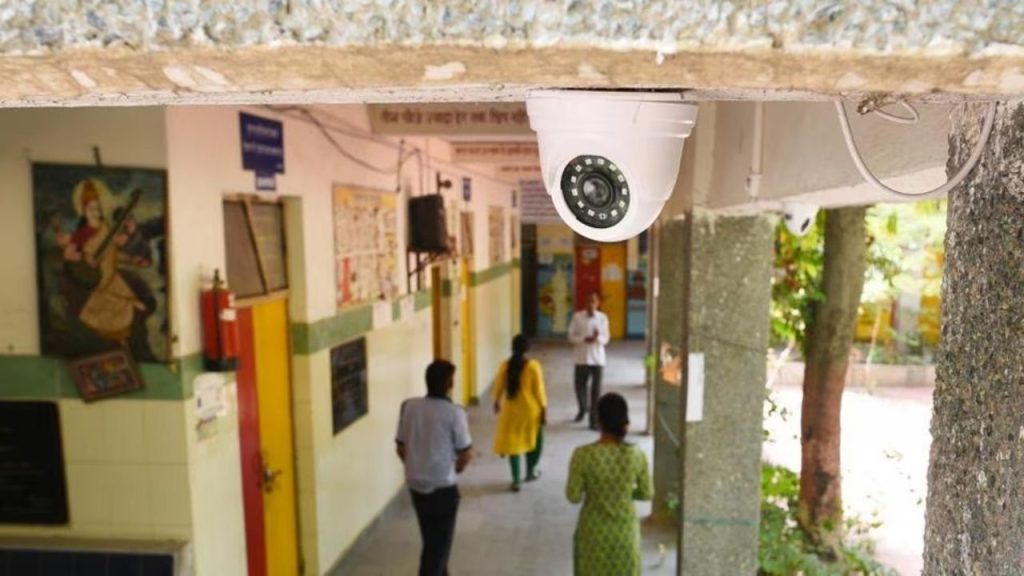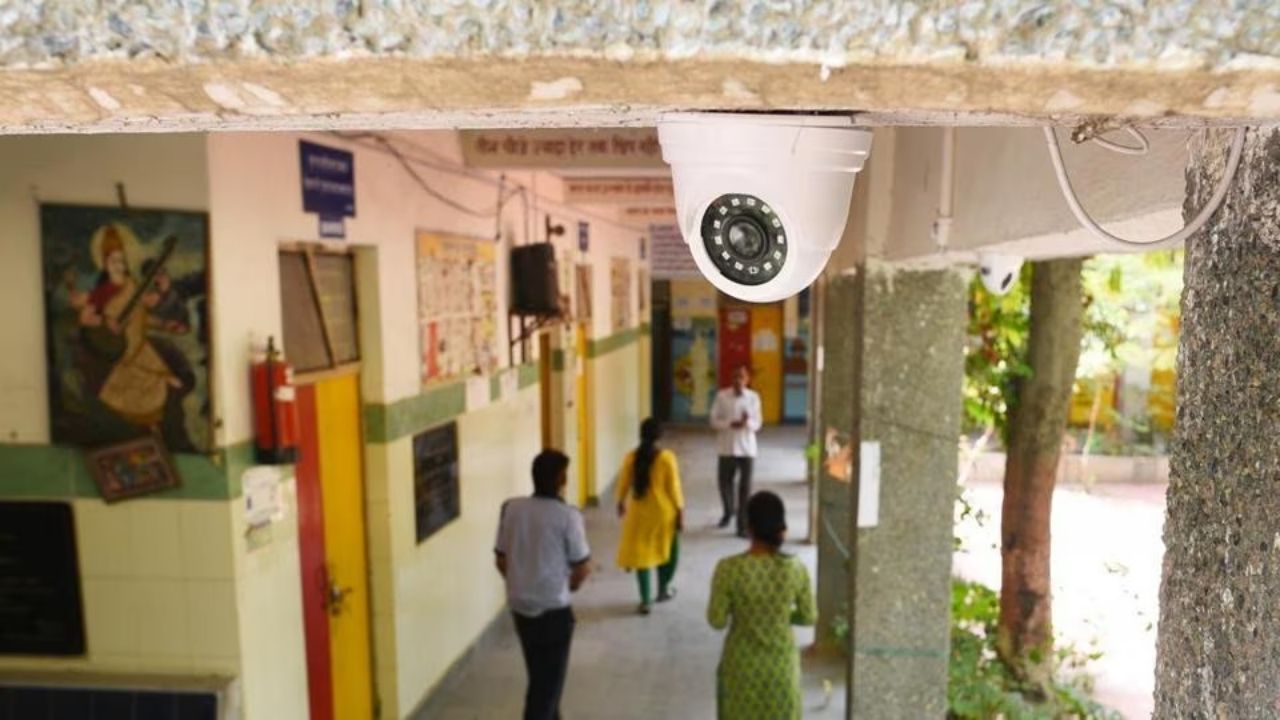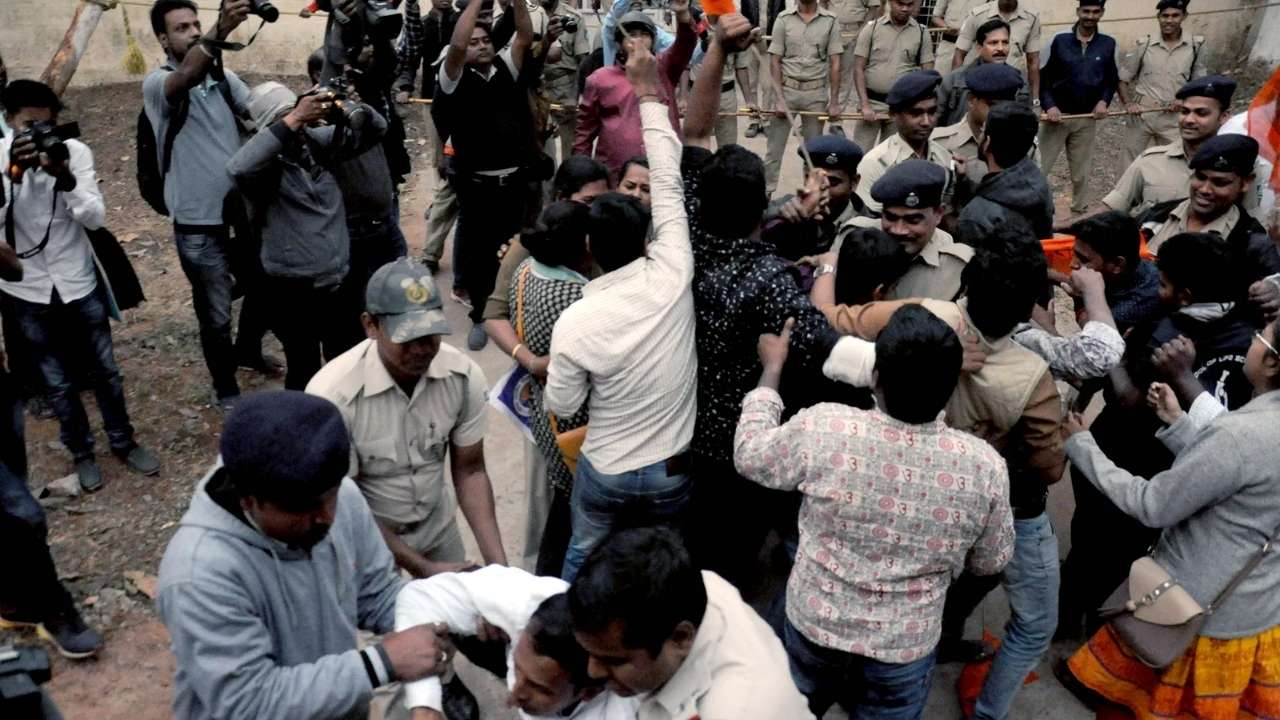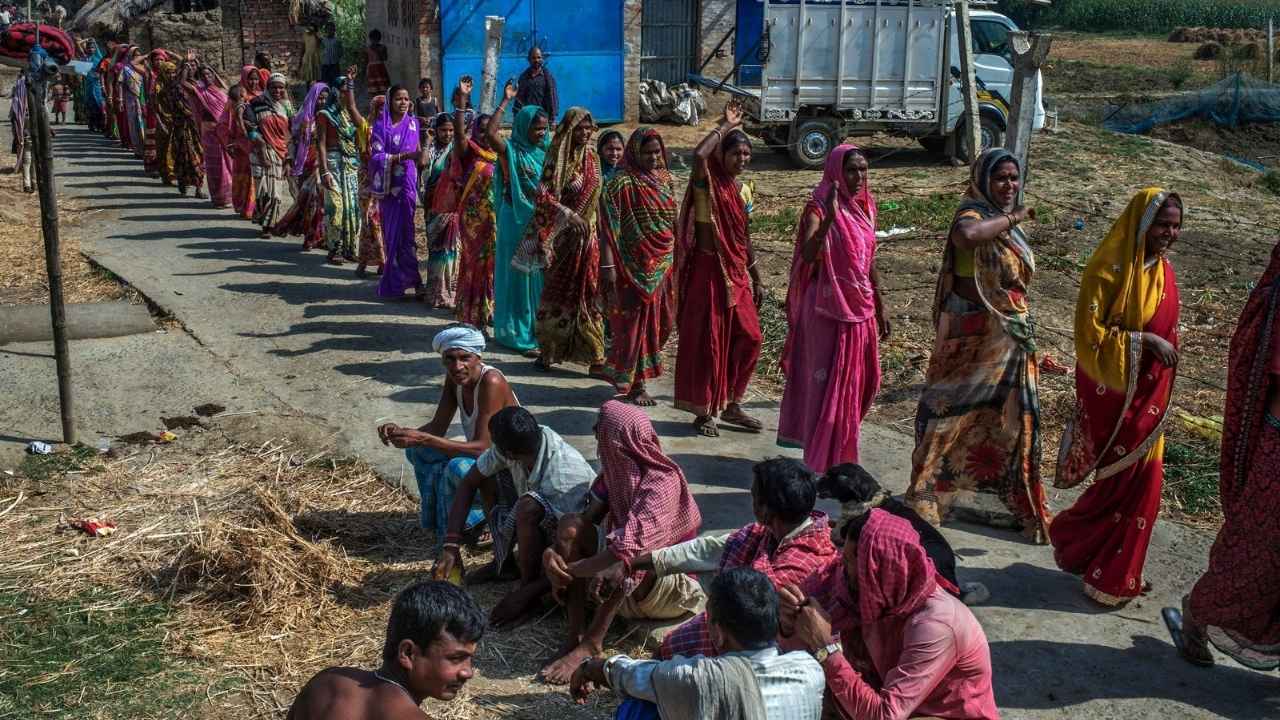In recent years, school safety has become a growing concern across the globe, especially for parents, students, and educators. From bullying to harassment, ensuring a secure and supportive learning environment is paramount. In response to these concerns, Odisha, an eastern Indian state, has decided to take a significant step toward enhancing student safety by installing CCTV cameras in all of its schools. This initiative, which aligns with the standards set by the Central Board of Secondary Education (CBSE), aims to ensure a safer learning environment, especially for female students, and address incidents of misconduct and harassment.

This bold move by the Odisha government marks an important step towards creating an educational atmosphere where students can focus on learning without the constant worry about their safety. In this article, we will explore the details of this initiative, why it’s being implemented, how it will affect students and educators, and the potential benefits it will offer to schools in Odisha.
Odisha’s Move to Install CCTV Cameras in Schools
| Key Points | Details |
|---|---|
| Objective | To install CCTV cameras in all schools in Odisha, following CBSE guidelines, to enhance student safety. |
| Target Audience | Students, especially female students, and school staff. |
| Key Features of the CCTV Installation | High-resolution cameras installed in classrooms, corridors, playgrounds, and common areas (excluding toilets and washrooms). |
| Retention of Footage | Cameras will store footage for a minimum of 15 days. |
| Formation of Internal Complaints Committees | Schools will form ICCs to handle complaints regarding sexual harassment and gender-based discrimination. |
| Shaktishree Initiative | A program to empower female students in higher educational institutions with a focus on safety, self-defense, and emotional well-being. |
| Implementation Timeline | The plan is already underway, with installation expected to begin shortly. |
| Source of Information | Official sources |
The decision to install CCTV cameras in schools across Odisha is a proactive approach toward enhancing student safety and fostering a secure learning environment. By utilizing modern technology, the government aims to protect students from harassment, bullying, and other safety concerns while ensuring transparency and accountability in educational institutions. With the formation of Internal Complaints Committees and the introduction of initiatives like Shaktishree, Odisha is setting an example for other states to follow in making schools safer, more inclusive spaces for learning.
As these measures roll out, it will be crucial for all stakeholders—students, parents, educators, and authorities—to work together to make this initiative a success. After all, a safe school is a productive school, and every student deserves to feel protected while pursuing their education.
Understanding the Need for CCTV Cameras in Schools
In the age of technology, surveillance has become an important tool for ensuring safety in various settings, including schools. Schools are supposed to be safe spaces where students can grow academically and socially, but in recent years, incidents of bullying, harassment, and even violence have cast a shadow on the educational system.
Why CCTV?
The primary reason for the installation of CCTV cameras is to prevent incidents that may put students at risk, particularly in schools that lack adequate security measures. CCTV cameras act as both a deterrent and a tool for accountability. Knowing that their actions are being recorded often discourages inappropriate behavior, whether it’s bullying, harassment, or vandalism.
Furthermore, the footage captured can be invaluable in investigating incidents that occur within school premises. When allegations arise, the ability to review footage provides clarity and helps school authorities take appropriate action. It’s a way of ensuring that all students, especially girls, feel protected while they’re learning.
What Does the CCTV Initiative Include?
The Odisha government’s CCTV plan involves installing high-resolution cameras in classrooms, corridors, playgrounds, and common areas. These areas are critical spots where many interactions between students occur, and it is here that many incidents of bullying or harassment may happen. Importantly, toilets and washrooms will be exempt from this installation to respect privacy.
Features of the CCTV Cameras:
- Real-Time Monitoring:
The cameras will provide live feed of all activities in the school, enabling school officials to intervene if necessary in real-time. - Audio-Visual Recording:
The cameras will not only capture video footage but also record audio, ensuring a fuller context of interactions. This will help avoid situations where actions might be misinterpreted. - Data Storage:
The footage will be securely stored for a minimum of 15 days. This gives school authorities sufficient time to access past recordings if any incident needs to be reviewed. - Installation Across Multiple Locations:
Cameras will be placed in strategic areas like hallways, playgrounds, and common rooms to monitor student behavior comprehensively.
The Shaktishree Initiative: Empowering Female Students
As part of the overall strategy to ensure safety, Odisha’s government has launched the Shaktishree initiative. This program focuses on empowering female students by providing them with the tools and resources they need to stay safe and confident in their educational environments. It includes establishing Shaktishree Empowerment Cells in colleges and universities, which will focus on safety, self-defense, and emotional well-being. By giving female students a voice and resources to protect themselves, the initiative aims to foster an environment of respect and security.
Steps to Implement the CCTV Plan
- Initial Planning and Coordination:
The government has already started coordinating with school authorities to assess the best locations for camera installation. Schools will need to work closely with local vendors who specialize in security systems. - Training and Awareness:
It’s not just about installing cameras. Schools will need to train their staff on how to use the surveillance system properly, ensuring that the footage is used responsibly and ethically. Teachers and principals will also need to familiarize themselves with data privacy laws to ensure they follow appropriate legal procedures while handling surveillance data. - Formation of Internal Complaints Committees (ICCs):
Every school will have to establish an Internal Complaints Committee (ICC), which will address grievances related to sexual harassment or gender-based discrimination. This committee will play a crucial role in ensuring that students’ complaints are handled sensitively and promptly. - Monitoring and Evaluation:
Once the system is in place, it’s essential for regular checks to ensure the cameras are working effectively. The government will be responsible for ensuring that the cameras are well-maintained and functioning as intended.
Challenges and Concerns
While this initiative is a step in the right direction, some challenges need to be considered:
- Privacy Concerns:
One of the most significant concerns with surveillance is privacy. It’s essential for the schools to strike a balance between ensuring security and respecting students’ rights to privacy. Cameras should never be used in areas like toilets or locker rooms, which are meant to remain private. - Financial Constraints:
Installing CCTV cameras and maintaining them can be expensive. For schools in remote areas or those with limited resources, the costs may be a barrier. However, the state government has assured that it will provide the necessary support to schools to implement this program. - Over-Reliance on Technology:
While technology is a powerful tool for safety, it cannot replace the importance of strong human oversight. Teachers, staff, and school administrators must remain vigilant and proactive in maintaining a safe school environment.
Odisha Bandh Brings Bhubaneswar-Cuttack to a Standstill – No Buses, Blocked Roads
Odisha Govt Adds Abetment of Suicide Charges in FM College Student Death Case
Odisha Implements Policy to Prevent High-Risk Prisoners from Attending Court in Person
FAQs
How will the CCTV cameras be monitored?
CCTV cameras will be monitored by designated school staff, with periodic reviews to ensure that footage is being used appropriately. Only authorized personnel will have access to the footage.
Will students be informed about the cameras?
Yes, students and parents will be made aware of the cameras’ installation. There will likely be orientation programs to explain how the surveillance system works and its benefits.
What happens if an incident is caught on camera?
If an incident is recorded, the school authorities will review the footage, and appropriate action will be taken. This could involve disciplinary action or legal proceedings, depending on the severity of the incident.
Will this system be expanded to other educational institutions?
Currently, the plan focuses on schools, but it’s expected that this initiative could be expanded to colleges and universities in the future.





